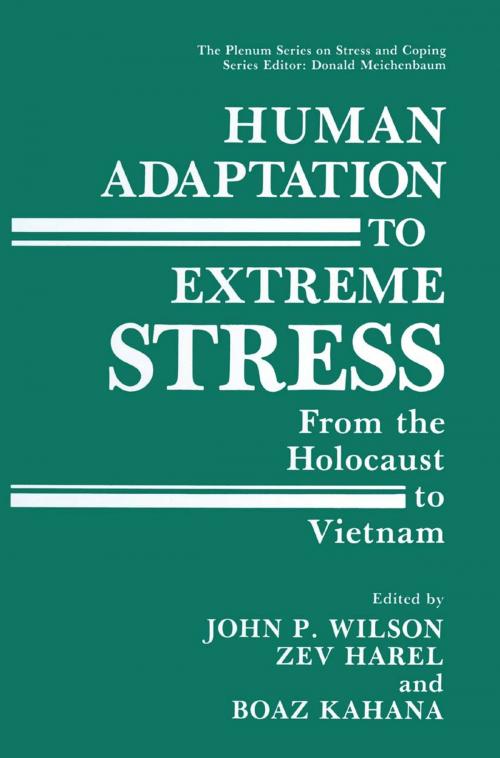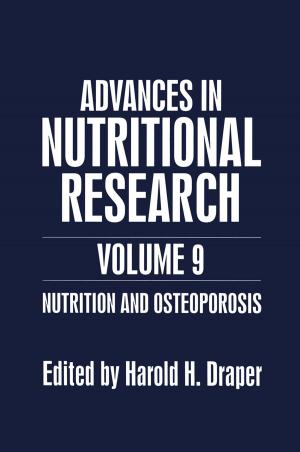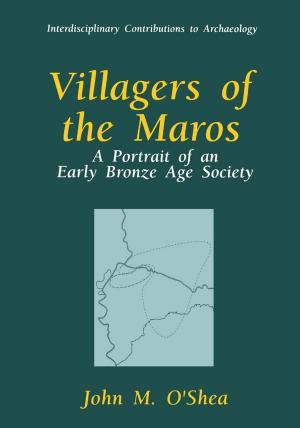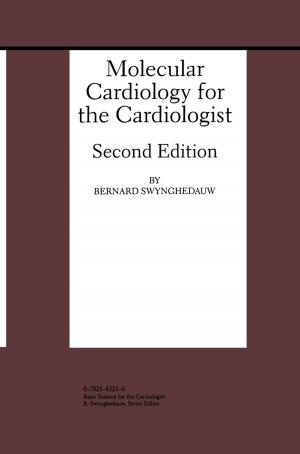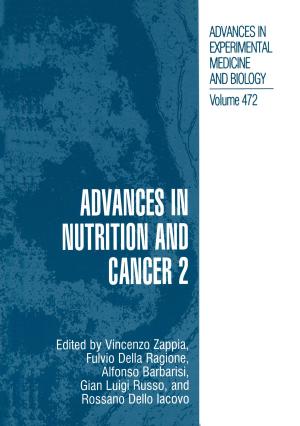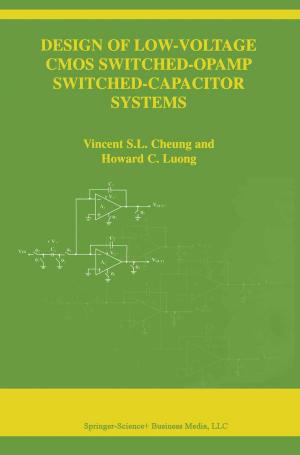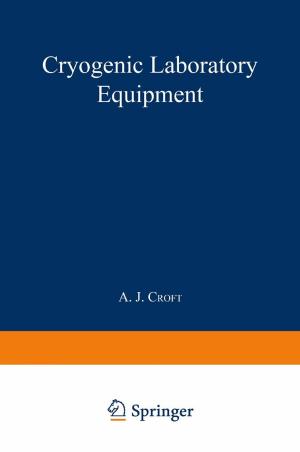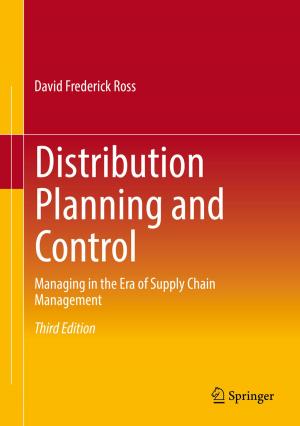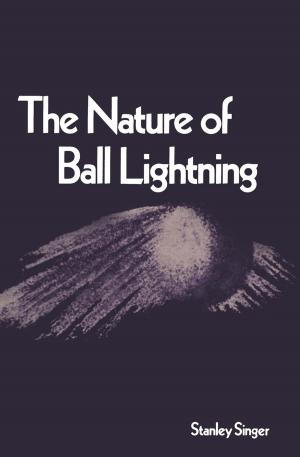Human Adaptation to Extreme Stress
From the Holocaust to Vietnam
Nonfiction, Health & Well Being, Psychology, Clinical Psychology, Personality, Medical| Author: | ISBN: | 9781489907868 | |
| Publisher: | Springer US | Publication: | November 11, 2013 |
| Imprint: | Springer | Language: | English |
| Author: | |
| ISBN: | 9781489907868 |
| Publisher: | Springer US |
| Publication: | November 11, 2013 |
| Imprint: | Springer |
| Language: | English |
This book is one additional indication that a new field of study is emerging within the social sciences, if it has not emerged already. Here is a sampling of the fruit of a field whose roots can be traced to the earliest medical writings in Kahun Papyrus in 1900 B.C. In this document, according to Ilza Veith, the earliest medical scholars described what was later identified as hysteria. This description was long before the 1870s and 1880s when Char cot speculated on the etiology of hysteria and well before the first use of the term traumatic neurosis at the turn of this Century. Traumatic stress studies is the investigation of the immediate and long-term psychosocial consequences of highly stressful events and the factors that affect those consequences. This definition includes three primary elements: event, conse quences, and causal factors affecting the perception of both. This collection of papers addresses all three elements and collectively contributes to our understanding and appreciation of the struggles of those who have en dured so much, often with little recognition of their experiences.
This book is one additional indication that a new field of study is emerging within the social sciences, if it has not emerged already. Here is a sampling of the fruit of a field whose roots can be traced to the earliest medical writings in Kahun Papyrus in 1900 B.C. In this document, according to Ilza Veith, the earliest medical scholars described what was later identified as hysteria. This description was long before the 1870s and 1880s when Char cot speculated on the etiology of hysteria and well before the first use of the term traumatic neurosis at the turn of this Century. Traumatic stress studies is the investigation of the immediate and long-term psychosocial consequences of highly stressful events and the factors that affect those consequences. This definition includes three primary elements: event, conse quences, and causal factors affecting the perception of both. This collection of papers addresses all three elements and collectively contributes to our understanding and appreciation of the struggles of those who have en dured so much, often with little recognition of their experiences.
